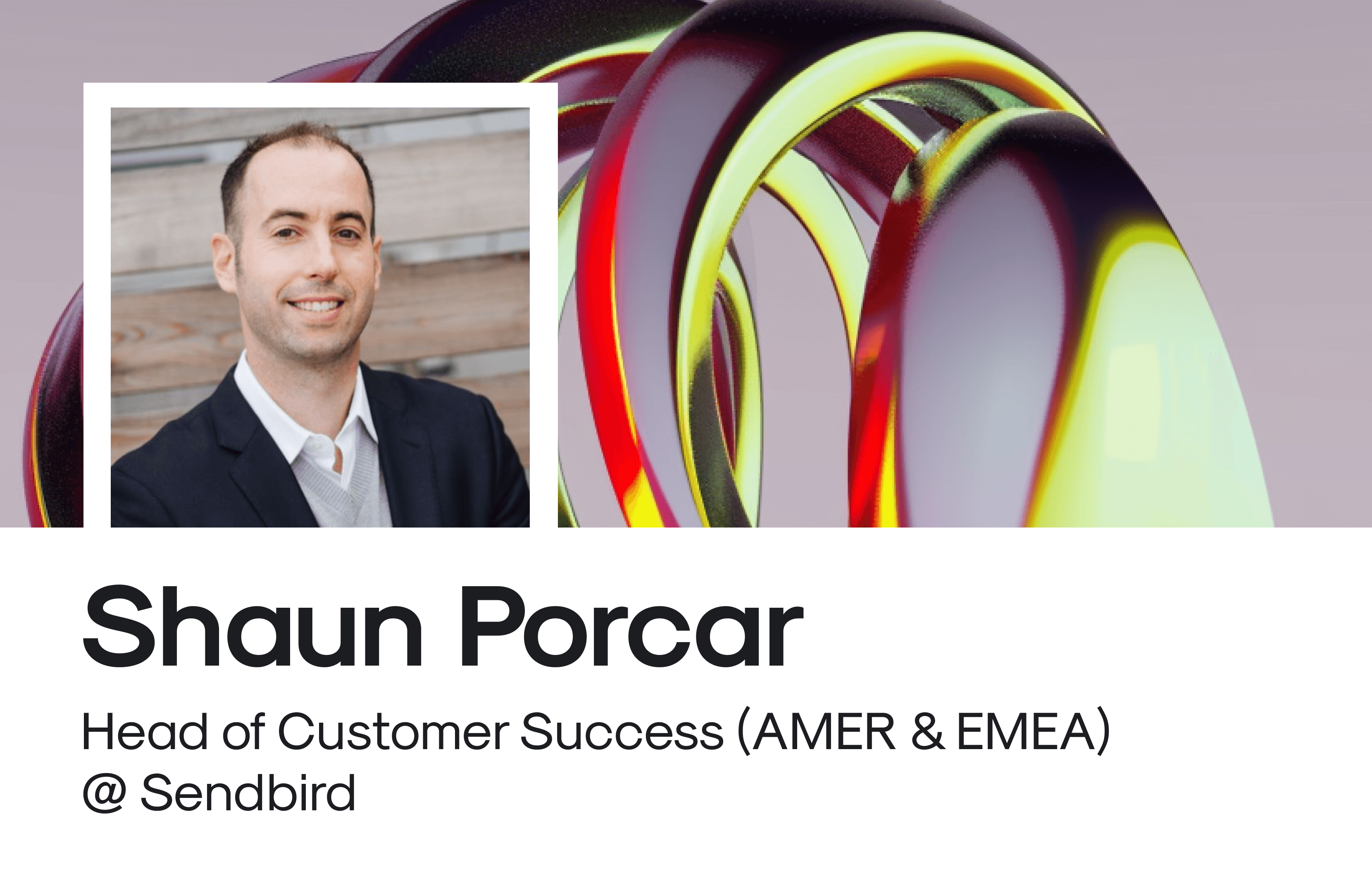How did you get into customer success?
After spending the beginning of my career in sales, I made the move over to Partner Success after obtaining my MBA. My title did not have the word success in it nor was the function labeled as such, but essentially the work I was doing was partner success. I didn’t even know what Customer Success was back in 2009. I was introduced to the opportunity by an old colleague of mine. I was intrigued by the fact that the company had formed a Saas division and that they were in the very early stages of building our their partner network. After spending four years working for EdAssist, I then obtained my first official CSM role at Achievers.
How has the role of customer success changed since you started your career?
Over the last 15 years, the role has evolved significantly. Back then, CS was still emerging as a function, often lumped in with support or viewed primarily as a reactive role focused on solving customer issues. Today, it’s a strategic growth driver, deeply integrated with sales, product, and marketing.
The expectations have shifted from basic account management to proactive customer engagement, data-driven decision-making, and revenue ownership. Customer Success teams drive adoption, retention, and expansion, scaling their efforts through AI and automation while maintaining meaningful customer engagement. Additionally, the rise of product-led growth and subscription-based models has made CS even more critical in driving long-term customer value.
Ultimately, CS has moved from being a “nice to have” to a key pillar of sustainable business growth, requiring a blend of technical expertise, consultative skills, and strategic thinking.
What do most people get wrong about customer success?
One common misconception about Customer Success is that it’s just a “support” function or that it’s solely reactive—waiting for customers to reach out with issues. In reality, Customer Success is a proactive, strategic function that drives customer outcomes, ensuring that customers not only use the product but also achieve their desired results. It's about building long-term relationships, promoting adoption, and identifying opportunities for expansion through upsells or cross-sells.
Another mistake is assuming that Customer Success is only focused on retaining customers. While retention is crucial, Customer Success also plays a significant role in helping customers grow, maximizing their investment in the product, and fostering advocates who can drive referrals and network expansion.
Lastly, many overlook the fact that Customer Success teams need strong alignment with sales, product, and marketing. It’s not a siloed department—it’s a vital part of the broader customer journey, helping to bridge the gap between initial acquisition and long-term value realization.
How do you foster a strong culture within success teams?
Fostering a strong culture within Customer Success teams requires intentional focus on both the team's internal dynamics and its alignment with the broader company mission. The following are some key ways to do so:
1. Clear Vision and Purpose: Ensure the team understands how their work directly impacts customer success and drives business growth. Align them with the company’s mission and values, so everyone is working toward a common goal.
2. Open Communication: Encourage transparency and open lines of communication. Regular check-ins and team meetings allow for feedback, idea sharing, and collaboration. It’s important for the team to feel heard and valued.
3. Recognition and Empowerment: Recognize both individual and team successes. Celebrate milestones, big or small, to build morale. Empower your team members by giving them autonomy and responsibility in decision-making.
4. Focus on Development: Invest in professional development and growth opportunities. Offer training, mentorship, and career path guidance to show that their personal success is just as important as the company’s.
5. Collaboration and Teamwork: Foster collaboration, not competition, by creating a supportive environment where team members can learn from each other. Encourage cross-functional collaboration with other departments like sales and product, which helps the team stay aligned with broader goals.
6. Shared Metrics and Accountability: Set clear, shared performance goals that everyone can work towards. Success is a team effort, and having accountability to those goals ensures the team stays aligned and motivated.
7. Lead by Example: As a leader, demonstrate the behaviors you want to see in your team. Show empathy, commitment, and a growth mindset. A positive leadership style can set the tone for how the team interacts and builds culture.
By embedding these practices into the day-to-day, you can build a Customer Success culture that’s strong, collaborative, and focused on continuous improvement.
Explore more
Get started today
We'll walk you through how you can get started and provide recommendations on how to scale your team and setup.




